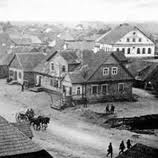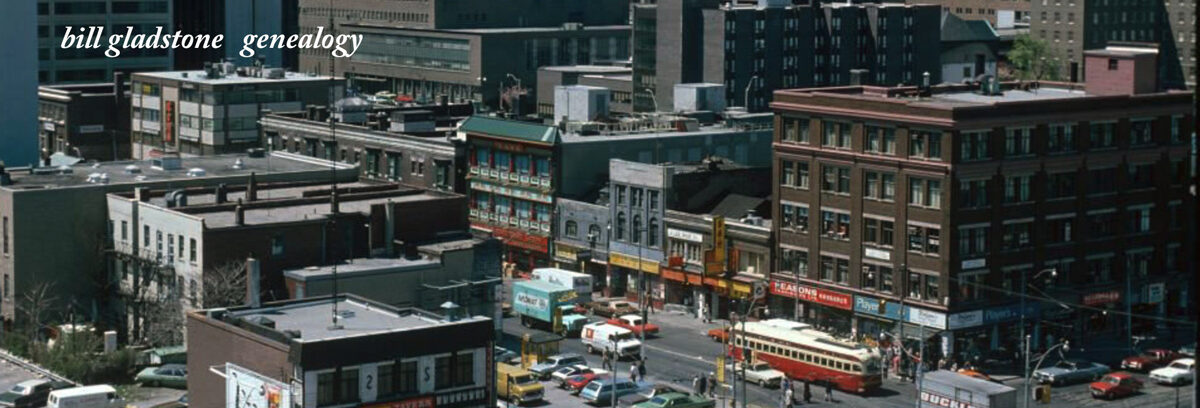 On the several occasions when I’ve enrolled in creative-writing or memoir-writing workshops, usually with the aim of finishing a particular story that I’ve written, I’ve always been struck by the wealth of literary talent seated around the table. This has generally come as a pleasant surprise, since I’ve also observed that few people possess the discipline to become a good writer. It seems that people with good stories inside of them often find the drive and determination to get those stories out into the world.
On the several occasions when I’ve enrolled in creative-writing or memoir-writing workshops, usually with the aim of finishing a particular story that I’ve written, I’ve always been struck by the wealth of literary talent seated around the table. This has generally come as a pleasant surprise, since I’ve also observed that few people possess the discipline to become a good writer. It seems that people with good stories inside of them often find the drive and determination to get those stories out into the world.
Years ago Fannie Silver, a would-be memoirist in Brooklyn, enrolled in a creative writing workshop while working on a series of sketches about herself and her family. One day she read a story to the class about her father’s experiences in a Kishinev pogrom, and her reading gave the tale a remarkable postscript.
The story told of how, one Passover night, the Cossacks forced the Jews out of their homes and marched them into Galicia. Silver’s father, then a boy of ten, was holding the hand of his six-year-old sister but somehow lost her in the turmoil. Tragically, neither he nor anyone else in his family ever saw her again. Forever after, even long after he had come to America, he would ask everyone he met, “Do you know Deena Rosenstein from Kishinev?”
“When I finished reading, the silence in the classroom was disrupted by a man’s voice calling out, ‘It’s unbelievable! It’s unbelievable,’” Silver wrote in her story collection Better Than Gold: An Immigrant Family’s First Years in Brooklyn, which was posthumously published in 1997.
“I thought he wanted to criticize my story, but he continued in a trembling voice, ‘I’m stunned by this story. It’s unbelievable, but it’s true. My mother was Deena Rosenstein!” Then the man told the story of a mother torn from her family as a girl during a pogrom, and how she, too, had never stopped searching for her family for the rest of her days. Incredibly, his mother had been the very same Deena Rosenstein.
Such a spine-chilling coincidence seems too extraordinary to be real, so much so that no novelist would dare attempt to present it as credible fiction. The episode serves to illustrate how much the act of writing an autobiographical story or sketch of family history can be a transformative deed. Writers transform history into literature and legend just as alchemists tried to transmute base metals into gold.
What follows is a brief discussion of some of my favourite Jewish memoirs and autobiographical works.
Writing in Yiddish from 1689 into the 1720s, the famed Gluckl of Hamelyn penned the first known autobiography by a Jewish woman, but her warm account of her family and commercial affairs over many years was never meant for publication. Like Anne Frank’s legendary diary, Gluckel’s compelling Life falls into a category of literature defined as “unconscious autobiography,” written for the edification of the author and perhaps a close family circle. First published only in 1896, it has rarely been out of print since; the Jewish Publication Society produced a new edition earlier this year.
 Dating from the auspicious year of 1848, Aus dem Ghetto is a collection of stories by Prussian writer Leopold Kompert about life behind ghetto walls; Kompert is credited as the first author to treat the Jewish ghetto in literature. I read some of the stories in translation some years ago, but still remember his description of the exhilarating sense of freedom and release he described when, as a boy, he momentarily escaped the ghetto and ran up the hill above the Judengasse despite the stern calls of family members.
Dating from the auspicious year of 1848, Aus dem Ghetto is a collection of stories by Prussian writer Leopold Kompert about life behind ghetto walls; Kompert is credited as the first author to treat the Jewish ghetto in literature. I read some of the stories in translation some years ago, but still remember his description of the exhilarating sense of freedom and release he described when, as a boy, he momentarily escaped the ghetto and ran up the hill above the Judengasse despite the stern calls of family members.
The narrator of the lovely memoir The Journeys of David Toback records a similar giddy sense of freedom when he, a shtetl dweller in the Ukraine, records taking a horse and riding it at full gallop across the open plain. That’s one of many worthy episodes in his remarkable narrative. Toback came to America and became a butcher. Late in life, he traded his apron for the writing desk and penned a Yiddish memoir that was published posthumously in English.
Generations of once-famous Jewish writers are now forgotten; consider the once-popular Yiddish novelist Nochim Mayer Shaikevitsch (“Shomer”), who was once a household name. In 1939 his daughter, Miriam Shomer Zunser, wrote a worthy family narrative for her children which was published as Yesterday, A Memoir of a Russian Jewish Family in 1978. Its first sentence is unforgettable: “Your great-grandfather had twenty-four children, all by the same wife.” So too are the many stories of shtetl life that follow.
Perhaps the most memorable shtetl memoir yet to come to my attention is Yehezkel Kotik’s narrative Journey to a Nineteenth Century Shtetl, originally published in Yiddish in 1913 and later in English translation. Like Zunser, Kotik had the remarkable ability, although three generations removed, of telling gripping handed-down stories about his great-grandparents, full of drama, intrigue and human interest. Reading this book about Kotik’s tiny native village of Kamenets gives one the sense that the past is not lost, but easily revisited in literature. A good writer — in partnership with a good reader — can seemingly bring a whole world back to life.
Perhaps my favourite book of family history was written by Burton Bernstein, the brother of composer-conductor Leonard Bernstein. Burton’s Family Matters: Sam, Jennie and the Kids appeared in two huge installments in The New Yorker in 1982 and soon after was published as a book. In it, his celebrated brother is featured as a late-blooming appendage on a family saga that began a century before in Russia. Burton relates family history par excellence, then shares his experiences with us as the kid brother of a famous composer. Family Matters is an endearing and intimate portrait of a close-knit Jewish family that remains a pleasure to read.♦
© 2010





